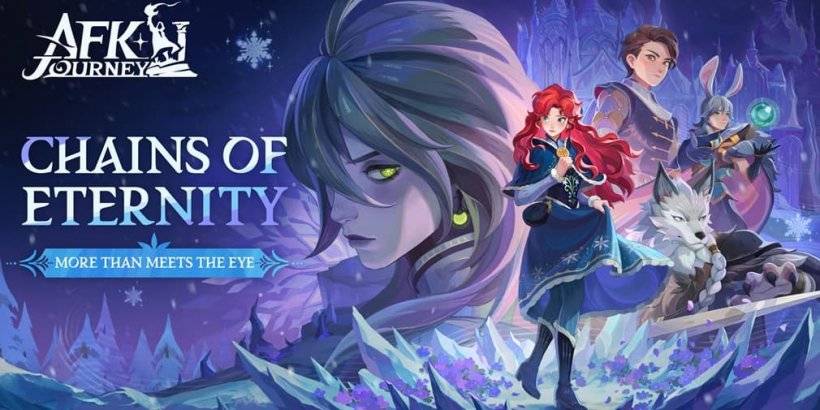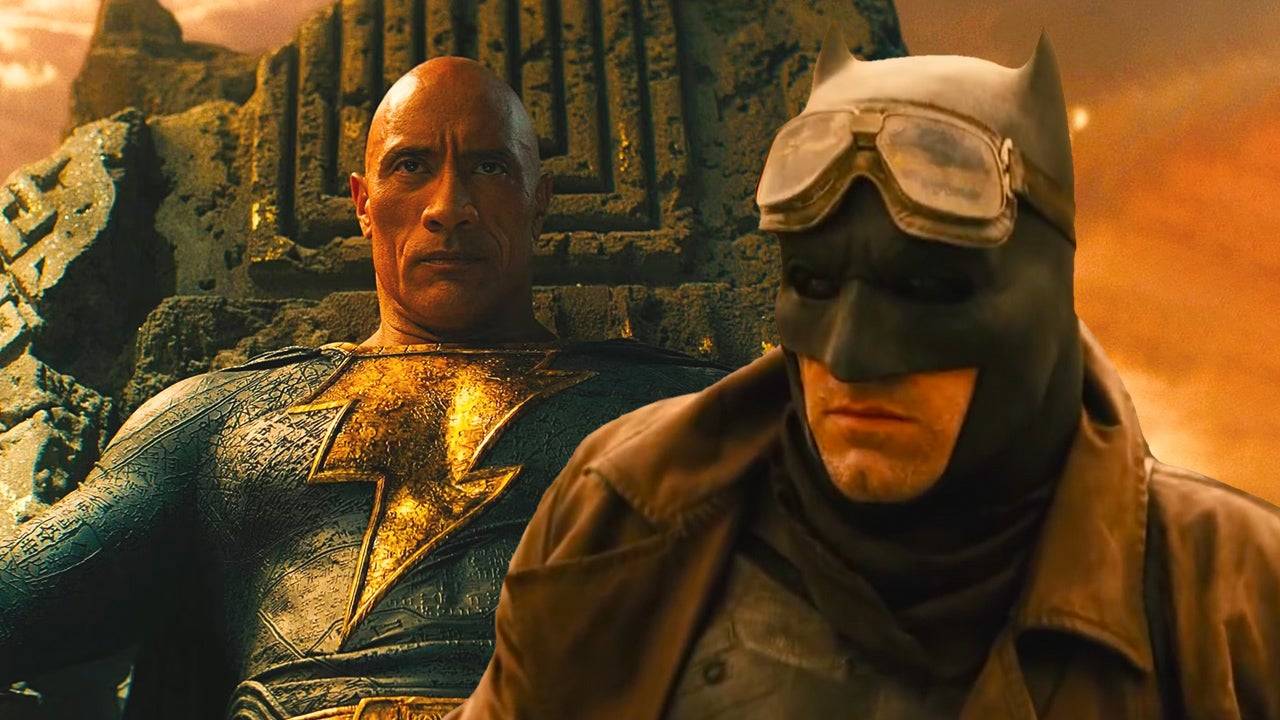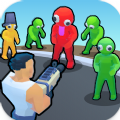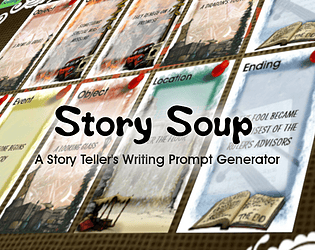Minecraft: From Humble Beginnings to Global Phenomenon
Few realize the unlikely journey of Minecraft, a globally acclaimed video game, from its inception to its current status. This article delves into the story of how a single individual created a cultural landmark that irrevocably altered the gaming landscape.
Table of Contents
- Initial Concept and First Release
- Cultivating a Dedicated Player Base
- Official Launch and Worldwide Triumph
- Version History
Initial Concept and First Release
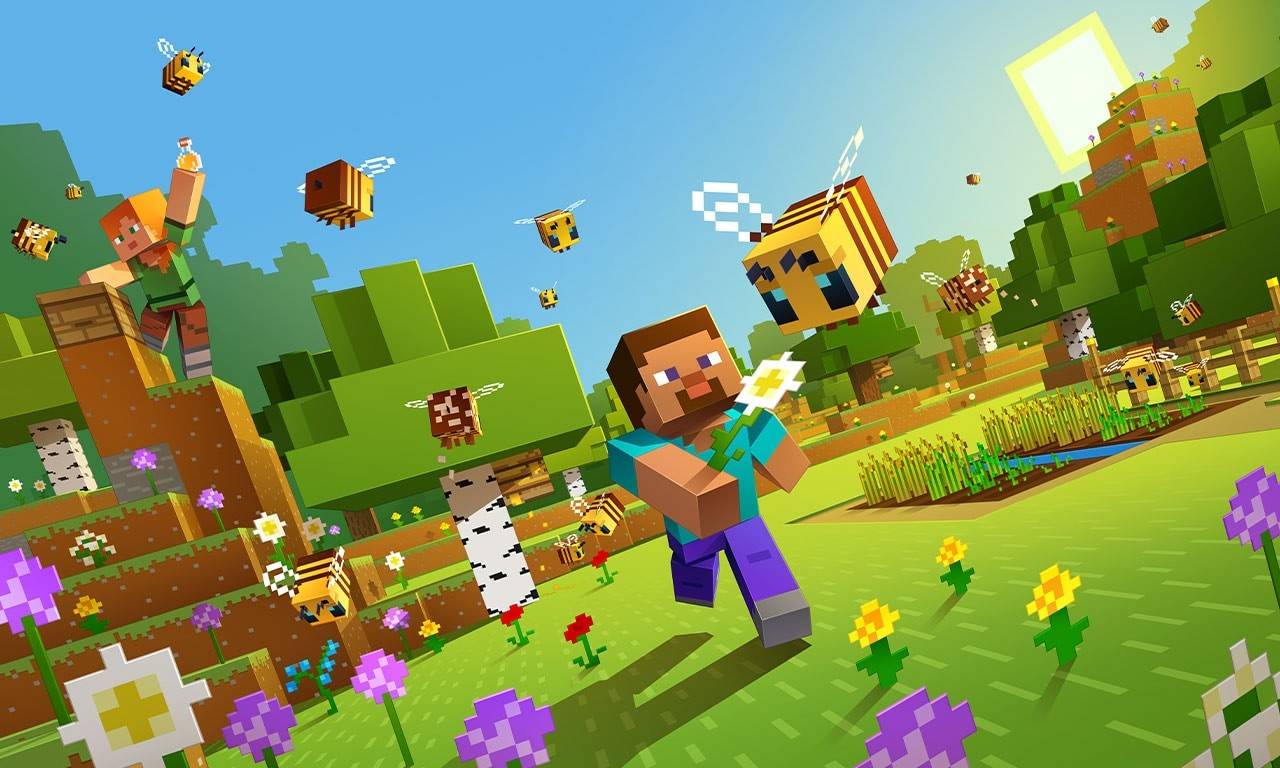 Image: apkpure.cfd
Image: apkpure.cfd
Minecraft's narrative commences in Sweden, with Markus Persson (Notch) at the helm. In interviews, Notch cited Dwarf Fortress, Dungeon Keeper, and Infiniminer as key inspirations. His ambition was to craft a game enabling boundless building and exploration.
The alpha version debuted on May 17, 2009, a product of Notch's downtime from his role at King.com. Launched via the official game launcher, this initial iteration was a lightweight, pixelated sandbox experience. Its intuitive building mechanics immediately captivated the gaming community, drawing players into Persson's virtual world.
Cultivating a Dedicated Player Base
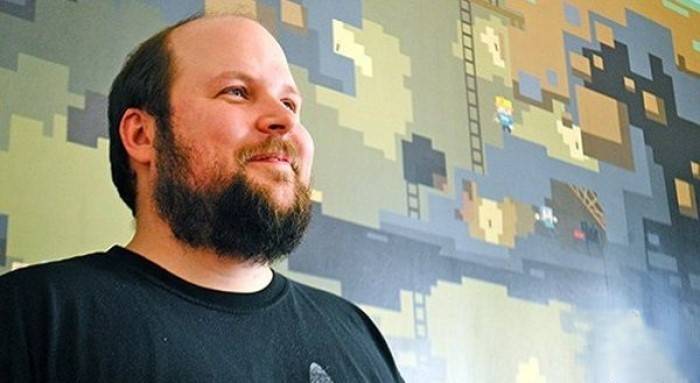 Image: miastogier.pl
Image: miastogier.pl
Word-of-mouth and online player testimonials fueled Minecraft's rapid ascent. By 2010, the game transitioned to beta, prompting Persson to establish Mojang Studios, dedicating himself entirely to the sandbox's refinement.
Minecraft's unique premise and creative freedom were instrumental in its success. Players constructed virtual replicas of their homes, famous landmarks, and even entire cities. A pivotal update introduced Redstone, a material facilitating complex in-game mechanisms, further enhancing its appeal.
Official Launch and Worldwide Triumph
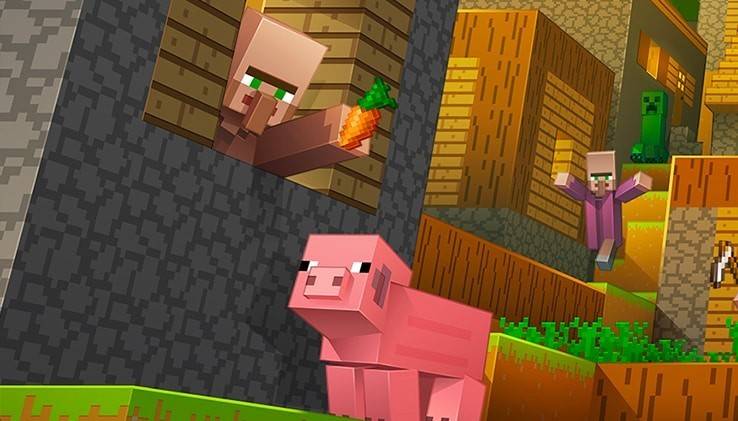 Image: minecraft.net
Image: minecraft.net
Minecraft's official 1.0 release on November 18, 2011, marked a milestone. Millions of players already constituted a vibrant community. This passionate fanbase expanded to become one of the largest and most active globally, contributing custom modifications, maps, and even educational projects.
Mojang's 2012 collaborations extended Minecraft's reach to consoles like the Xbox 360 and PlayStation 3, broadening its appeal. The game resonated particularly well with children and teenagers, who channeled their creativity into innovative projects. This blend of entertainment and education proved a winning formula.
Version History
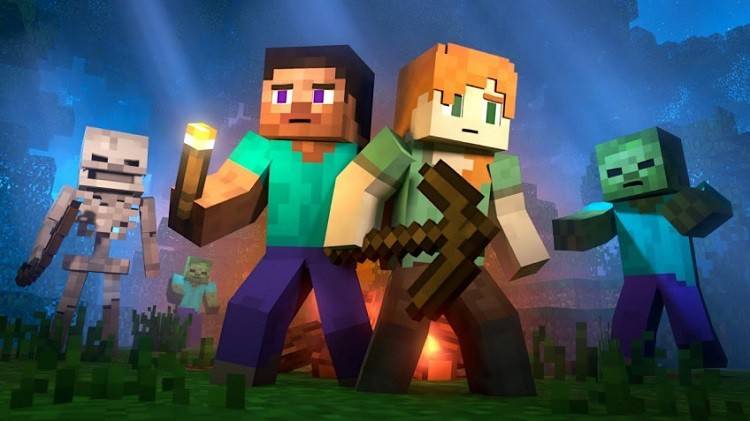 Image: aparat.com
Image: aparat.com
Below is a summary of key Minecraft versions post-official release:
| **Name** | **Description** |
| Minecraft Classic | The original free version. |
| Minecraft: Java Edition | Initially lacked cross-platform play; Bedrock Edition later integrated. |
| Minecraft: Bedrock Edition | Enabled cross-platform play with other Bedrock versions; PC version includes Java. |
| Minecraft mobile | Cross-platform compatible with other Bedrock versions. |
| Minecraft for Chromebook | Chromebook-specific version. |
| Minecraft for Nintendo Switch | Includes the Super Mario Mash-up pack. |
| Minecraft for PlayStation | Cross-platform compatible with other Bedrock versions. |
| Minecraft for Xbox One | Partially Bedrock; updates discontinued. |
| Minecraft for Xbox 360 | Support ceased after the Aquatic Update. |
| Minecraft for PS4 | Partially Bedrock; updates discontinued. |
| Minecraft for PS3 | Support discontinued. |
| Minecraft for PlayStation Vita | Support discontinued. |
| Minecraft for Wii U | Offered off-screen play. |
| Minecraft: New Nintendo 3DS Edition | Support discontinued. |
| Minecraft for China | China-exclusive version. |
| Minecraft Education | Educational version used in schools and learning environments. |
| Minecraft: PI Edition | Educational version for the Raspberry Pi platform. |
Conclusion
Minecraft's legacy extends far beyond a simple game. It's a thriving ecosystem encompassing communities, YouTube channels, merchandise, and official competitions. Continuous updates introduce new biomes, characters, and features, ensuring its enduring appeal.

